By understanding the specific caterpillar species, their life cycle, and their relationship with host plants, effective and sustainable management practices can be implemented.
Caterpillars are the larval stage of moths and butterflies, which belong to the order Lepidoptera. They are well-known for their voracious appetite and their remarkable transformation into butterflies or moths during their life cycle. Caterpillars play a significant role in various ecosystems, both as consumers of vegetation and as a food source for other animals.
There are numerous species of caterpillars, varying greatly in size, color, and shape. Some are notorious for their destructive impact on plants. They can be categorized based on their feeding habits and the parts of their target plants. Here are some of the main types of caterpillars that feed on plants:
Leaf Chewers: These caterpillars voraciously consume leaves, often leaving behind a skeleton of veins. They may eat large portions of or entire leaves.
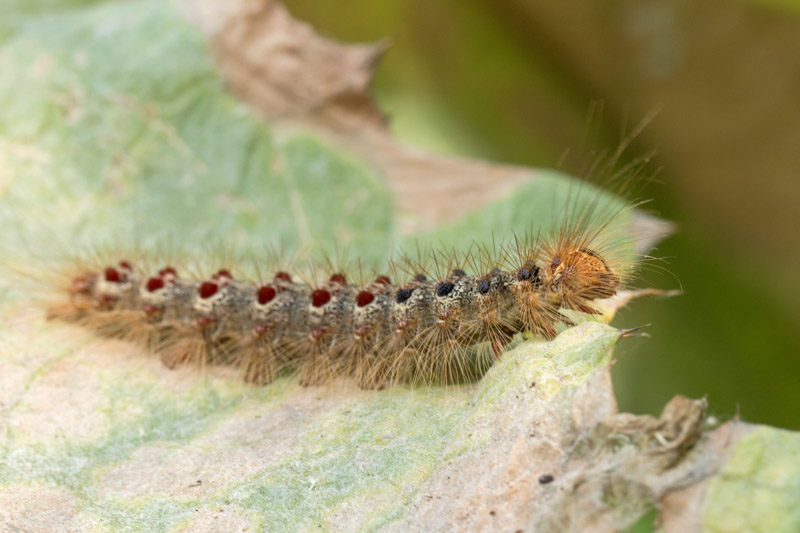 Gypsy Moth Gypsy Moth |
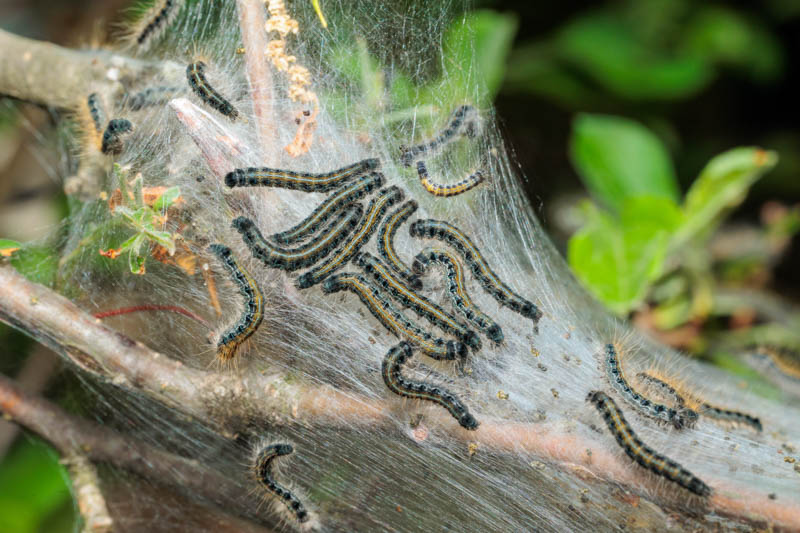 Tent Caterpillars Tent Caterpillars |
Leaf Miners: Leaf miners burrow into leaves, creating visible trails or blotches as they eat the tissue between the upper and lower leaf surfaces.
Leaf Rollers and Tiers: These caterpillars roll or tie leaves together to create a shelter, feeding on the enclosed tissues.
Stem Borers: Stem borers tunnel into the stems and branches of plants, sometimes causing wilting and dieback.
Bagworms: Bagworms create a protective case or “bag” out of plant material and silk, from which they feed on nearby foliage.
Fruit and Seed Feeders: These caterpillars feed on the fruit or seeds of plants, sometimes boring into them.
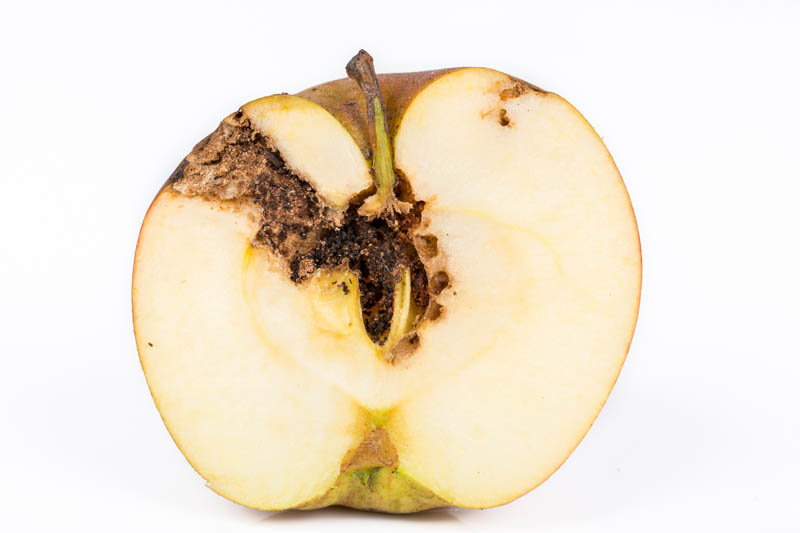 Codling Moth Codling Moth |
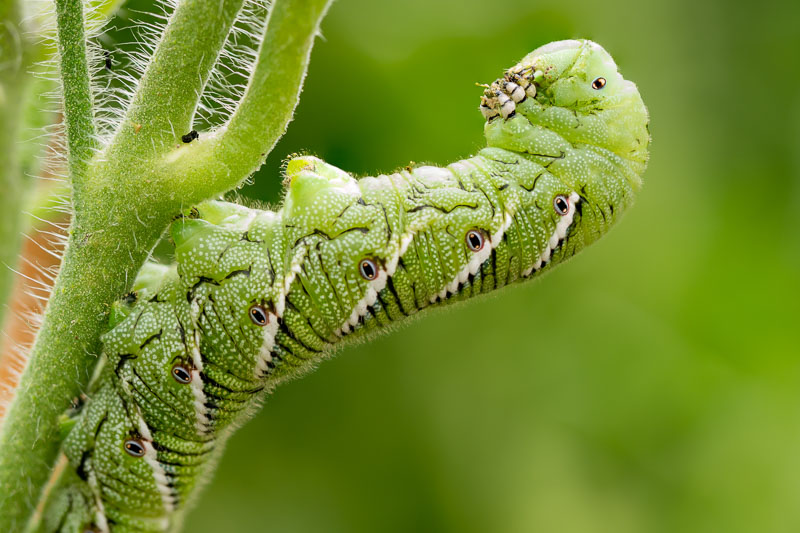 Tomato Hornworm Tomato Hornworm |
Understanding the type of caterpillar and its specific feeding habits is crucial for effective management and control. Regular monitoring of plants, proper identification of pests, and timely intervention can help minimize damage.
Caterpillars are found worldwide, adapting to a variety of climates and ecosystems. Some species are considered pests in certain regions due to their potential to cause significant agricultural or forestry damage.
Caterpillars have a segmented body, a head with strong mandibles for chewing, and three pairs of true legs. They also have additional prolegs, which help in movement and anchoring themselves to surfaces. Their bodies can be smooth, hairy, or spiky, with various patterns and colors that can serve as camouflage or warning signals to predators.
While they can vary widely in appearance and behavior, these caterpillars typically have a few characteristics in common that contribute to their destructive nature.
Voracious Feeders: Many destructive caterpillars have insatiable appetites and are capable of consuming large quantities of foliage in a short period. This feeding frenzy can lead to severe defoliation, weakening the affected plants or trees, and in extreme cases, can result in death.
Rapid Reproduction: These caterpillars often have high reproductive rates, with females laying hundreds of eggs at a time. The rapid increase in population exacerbates the damage, as more and more caterpillars compete for food.
Camouflage and Protective Behaviors: Some caterpillars have coloring and patterns that help them blend in with their surroundings, making them difficult to detect. Their ability to hide from predators (and gardeners!) allows them to feed undisturbed, increasing the extent of their damage.
Wide Range of Host Plants: Destructive caterpillars often have a broad diet and can feed on a variety of plants or trees. This versatility makes them a threat to numerous species, increasing the potential scale of an infestation.
Potential for Disease Transmission: In addition to direct damage from feeding, some caterpillars can also transmit diseases to the plants they feed on. The spread of disease can further weaken or kill plants, compounding the damage done by the caterpillar itself.
Difficult to Control: Their rapid life cycle, protective behaviors, and sometimes resistance to pesticides can make destructive caterpillars challenging to control. This can lead to recurring infestations and ongoing damage unless effective management strategies are employed.
The life cycle of destructive caterpillars is similar to that of other butterflies and moths, consisting of four main stages: egg, larva (caterpillar), pupa (chrysalis or cocoon), and adult (butterfly or moth).
Egg: The adult female lays eggs, often on the underside of leaves or in concealed locations on the host plant. Depending on the species and environmental conditions, the eggs may hatch in a few days to a couple of weeks.
Larva (Caterpillar): Once hatched, the caterpillar begins to feed voraciously on its host plant. It goes through several growth stages, called instars, during which it sheds its skin. The larval stage can last from a few weeks to several months, depending on the species and environmental conditions. It is during this stage that caterpillars are most destructive, as they consume large amounts of foliage.
Pupa (Chrysalis or Cocoon): After reaching a certain size, the caterpillar stops feeding and forms a pupa. This may be a hard chrysalis or a softer cocoon, depending on the species. The pupal stage can last from a few weeks to several months, during which the caterpillar undergoes metamorphosis and transforms into an adult. Inside the pupa, the caterpillar’s body breaks down and reorganizes into the adult form.
Adult (Butterfly or Moth): The mature adult emerges from the pupa, ready to mate and start the cycle anew.
Depending on the species, the adult stage can last from a few days to several weeks. The adult’s main purpose is to reproduce and lay eggs to start the next generation.
Factors Influencing the Life Cycle:
Understanding the life cycle of destructive caterpillars is crucial for implementing effective pest management strategies, as interventions are often most effective at specific stages of their development.
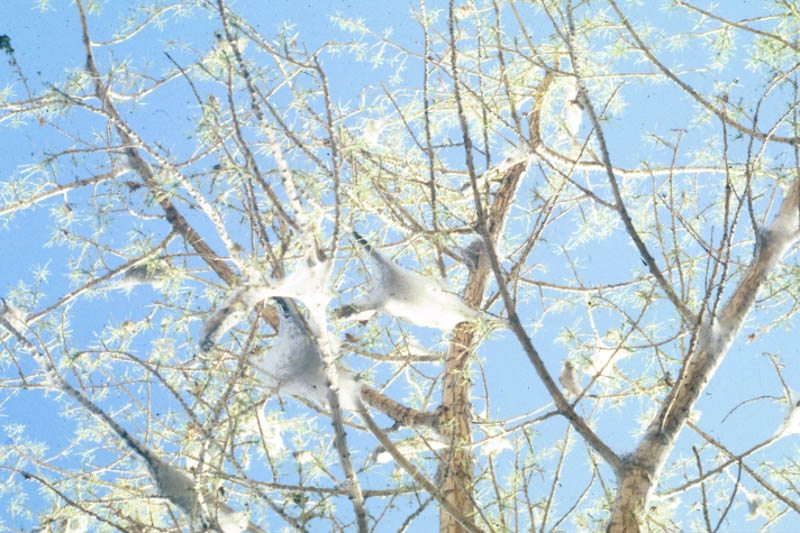 Tent Caterpillar Damage Tent Caterpillar Damage |
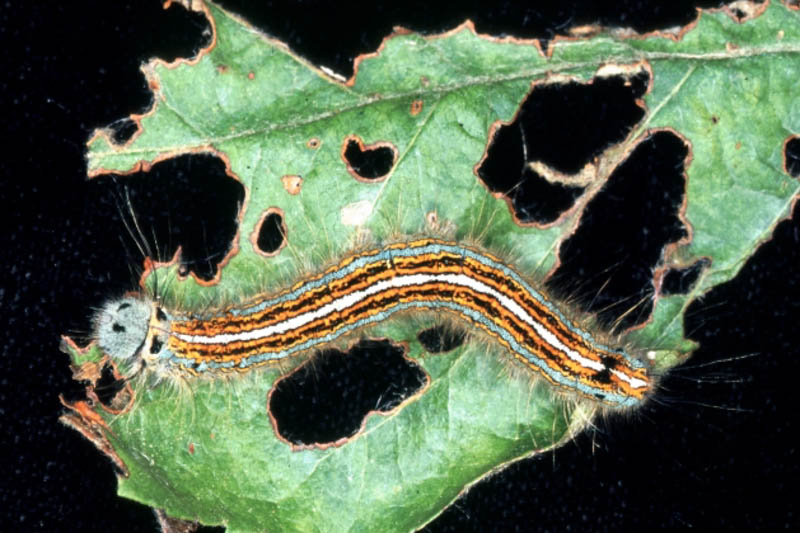 Lackey Moth Caterpillar Damage Lackey Moth Caterpillar Damage |
Early detection and accurate identification of destructive caterpillars are crucial steps in managing their impact and implementing effective control measures. Regular monitoring, combined with knowledge of their life cycle and behavior, can help in managing these pests and mitigating the damage they cause.
Preventing and controlling destructive caterpillars requires a comprehensive approach, utilizing a variety of methods tailored to the specific caterpillar species and the tree in question. Regular monitoring, encouraging natural predators, and taking timely action when necessary can help maintain the health of trees and mitigate the damage caused by these pests.
Create a membership account to save your garden designs and to view them on any device.
Becoming a contributing member of Gardenia is easy and can be done in just a few minutes. If you provide us with your name, email address and the payment of a modest $25 annual membership fee, you will become a full member, enabling you to design and save up to 25 of your garden design ideas.
Join now and start creating your dream garden!
Create a membership account to save your garden designs and to view them on any device.
Becoming a contributing member of Gardenia is easy and can be done in just a few minutes. If you provide us with your name, email address and the payment of a modest $25 annual membership fee, you will become a full member, enabling you to design and save up to 25 of your garden design ideas.
Join now and start creating your dream garden!